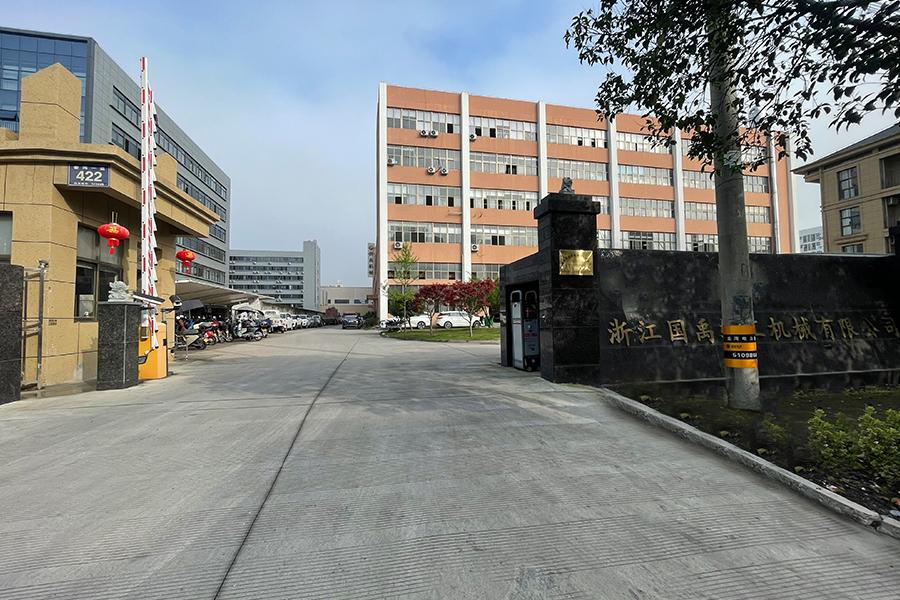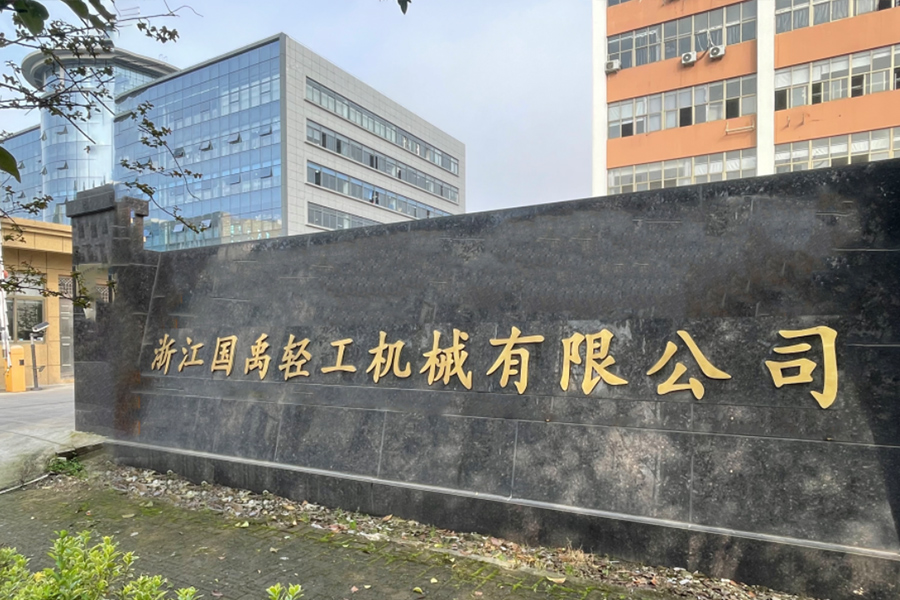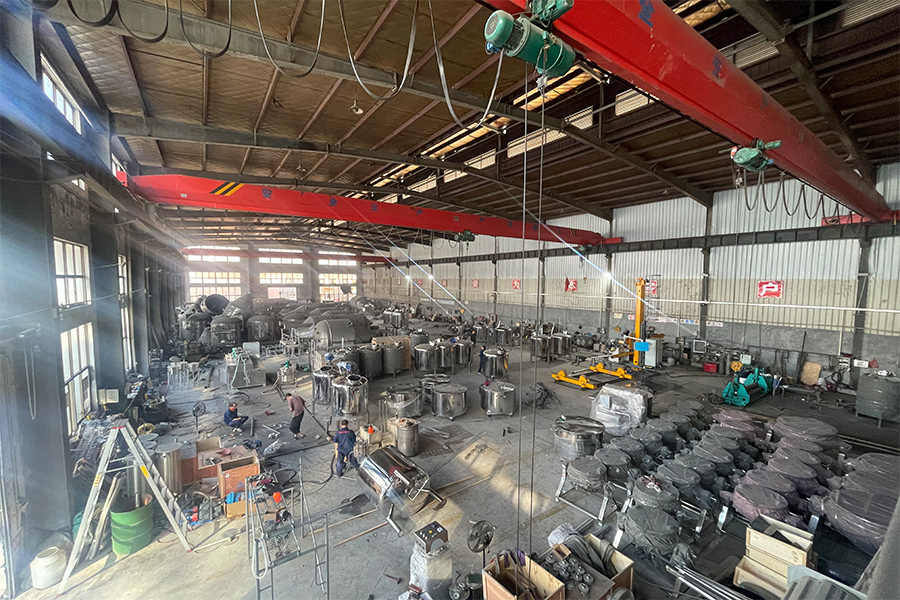-
 [email protected]
[email protected]
-
 +86-13706666922
+86-13706666922

The industrial manufacturing sector is witnessing a remarkable transformation driven by significant advancements in Reaction Kettle technology. These sophisticated vessels have evolved far beyond their traditional roles, becoming highly engineered systems that enable exceptional control over chemical processes and material synthesis. The modern Reaction Kettle represents a convergence of precision engineering, advanced materials science, and digital automation, creating new possibilities for manufacturing efficiency and product quality across numerous industries.
The fundamental architecture of contemporary Reaction Kettles incorporates multiple integrated systems working in precise coordination. These vessels typically feature specialized construction using corrosion-resistant alloys, specialized glass linings, or advanced composite materials specifically chosen for their chemical compatibility and durability. The internal configuration of a Reaction Kettle often includes precisely engineered agitation systems, temperature control mechanisms utilizing advanced heat transfer fluids or electrical heating elements, and comprehensive monitoring systems tracking numerous process parameters. This integrated approach to Reaction Kettle design ensures ideal reaction conditions while maintaining operational safety and processing reliability.
Modern Reaction Kettles demonstrate remarkable versatility across diverse industrial applications. In pharmaceutical manufacturing, these systems enable the precise synthesis of complex drug compounds under strictly controlled conditions, ensuring batch-to-batch consistency and regulatory compliance. The chemical industry employs Reaction Kettles for numerous processes including polymerization, crystallization, and catalytic reactions, with vessel designs specifically tailored to each application's unique requirements. Specialty chemical production relies heavily on Reaction Kettles for developing and manufacturing high-value compounds with specific characteristics and performance attributes. The food processing industry increasingly utilizes specialized Reaction Kettles for product development and manufacturing, particularly for emulsion-based products and flavor compound development.
The technological evolution of Reaction Kettles has been particularly notable in control systems and monitoring capabilities. Current-generation Reaction Kettles typically incorporate sophisticated sensor arrays that continuously monitor critical parameters including temperature gradients, pressure conditions, viscosity changes, and chemical composition variations. These monitoring systems connect to advanced process control software that automatically adjusts operational parameters to maintain ideal reaction conditions within the Reaction Kettle. Many modern systems also include predictive analytics capabilities that can anticipate process deviations and implement corrective actions before they impact product quality or process safety.
Safety considerations remain paramount in Reaction Kettle design and operation. Modern vessels incorporate multiple redundant safety systems including pressure relief mechanisms, emergency cooling capabilities, and advanced containment features. The structural integrity of each Reaction Kettle undergoes rigorous testing and validation to ensure reliable performance under anticipated operating conditions. Operational protocols for Reaction Kettles typically include comprehensive safety reviews and risk assessment procedures, with particular attention to pressure management, temperature control, and chemical compatibility considerations. These extensive safety measures ensure that Reaction Kettles can operate reliably while managing potentially hazardous materials and reaction conditions.
The future development trajectory for Reaction Kettle technology points toward even greater integration with industrial digitalization initiatives. Emerging innovations focus on enhanced energy efficiency through improved heat transfer surfaces and advanced insulation materials. The next generation of Reaction Kettles will likely feature increased connectivity capabilities, enabling seamless data exchange with manufacturing execution systems and plant-wide control networks. Research efforts are also exploring novel materials for Reaction Kettle construction that offer improved corrosion resistance and thermal properties. These continuing advancements in Reaction Kettle technology promise to further expand processing capabilities while supporting the evolution toward more sustainable and efficient manufacturing methodologies across global industrial sectors.







